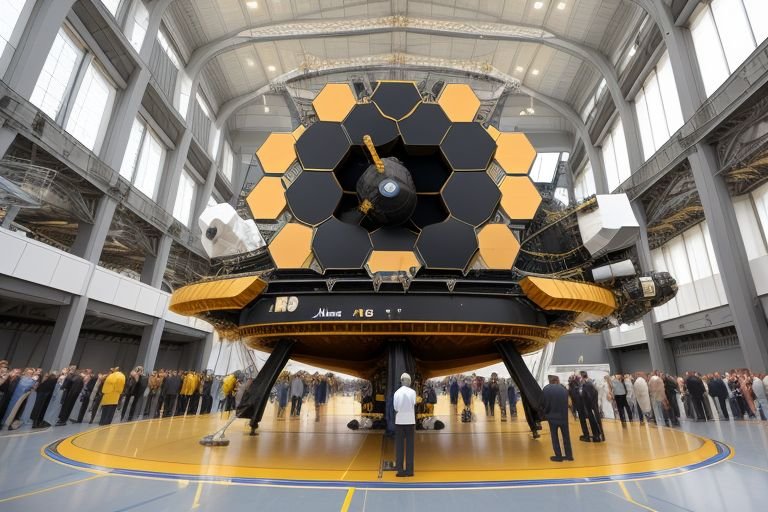In a landmark event in the annals of astronomy, the James Webb Space Telescope (JWST), often touted as the successor to the venerable Hubble Space Telescope, has been successfully launched. This next-generation observatory is designed to peer further into the universe than ever before, promising to unlock mysteries that have persisted since the dawn of time.
Overview of the James Webb Space Telescope
The James Webb Space Telescope represents a collaborative effort led by NASA, with significant contributions from the European Space Agency (ESA) and the Canadian Space Agency (CSA). It features a suite of sophisticated instruments and a massive primary mirror that is significantly larger than Hubble’s, allowing it to capture light from the earliest stars and galaxies.
Key Features and Capabilities
- Large Primary Mirror: JWST’s primary mirror spans 6.5 meters, composed of 18 hexagonal segments made from gold-coated beryllium. This design offers a much larger collecting area than its predecessor.
- Advanced Instruments: Equipped with a suite of scientific instruments, including cameras and spectrometers capable of observing high-resolution and high-sensitivity infrared light, JWST can observe objects too old, distant, or faint for Hubble.
- Sunshield Protection: JWST features a tennis-court-sized sunshield that protects its instruments from solar light and heat, maintaining the necessary cold operating temperatures.
Scientific Goals
The James Webb Space Telescope is set to revolutionize our understanding of the universe with several ambitious scientific goals:
- First Light and Reionization: JWST aims to capture the very first luminous glows after the Big Bang, exploring the formation of the first stars and galaxies.
- Galaxy Evolution: By examining galaxies at various stages of evolution, JWST will provide insights into the processes that have shaped them over billions of years.
- Star Formation and Planetary Systems: It will also look into regions of space clouded in dust that are inaccessible to optical telescopes, revealing where new stars and planetary systems are being born.
- Planetary Atmospheres and Exoplanets: JWST will study the atmospheres of exoplanets, potentially identifying signs of habitability.
Impact on Space Science
The launch of JWST is expected to have a profound impact on the field of space science:
- New Discoveries: JWST’s advanced technology could redefine current understanding of the universe, with potential discoveries that could open up new fields of astronomical research.
- International Collaboration: The project is one of the most significant examples of international cooperation in space exploration, demonstrating the potential for global collaboration in tackling complex scientific challenges.
- Inspiration for Future Projects: The technological innovations developed for JWST will likely influence future astronomical telescopes and missions.
Challenges and Triumphs
The development and launch of the James Webb Space Telescope were not without challenges, including budget overruns, technical difficulties, and delays. However, the successful launch is a testament to the dedication and resilience of thousands of scientists, engineers, and technicians across three space agencies and numerous contractors.
Conclusion
The successful launch of the James Webb Space Telescope marks the beginning of a new era in astronomy. As it begins its mission to explore the deeper universe, JWST is expected to unveil phenomena that have never been observed before, continuing the legacy of the Hubble Space Telescope by expanding our cosmic horizons even further. The global scientific community eagerly awaits the first data from JWST, anticipating a treasure trove of insights that will deepen our understanding of the universe and our place within it.






















+ There are no comments
Add yours